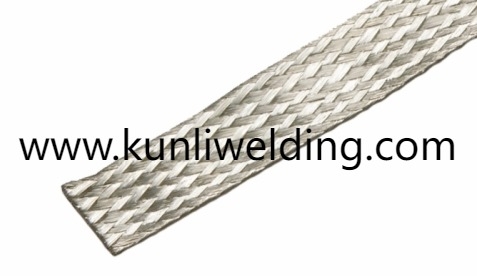Practical Supplier Selection Tips For Aluminum Alloy Welding Wire Buyers

Choosing where to source consumables is a strategic decision for fabricators. Many teams compare local distributors and remote producers when evaluating Aluminum Alloy Welding Wire Suppliers , balancing immediate access against broader product lines and pricing. Local partners often win on quick delivery and personal service, while overseas producers can offer deeper portfolios and production scale. Understanding the trade offs helps procurement managers align supplier choice with project risk tolerance and production cadence.
Local suppliers reduce lead time risk. A nearby warehouse or distributor can supply replacement spools within a day or two, which matters when repair crews or assembly lines cannot wait. Face to face interactions simplify technical clarifications and enable faster on site troubleshooting. For facilities that run continuous shifts, having a regional partner that understands local codes and inspection practices cuts administrative friction and shortens qualification cycles.
However, local convenience sometimes comes with narrower selection and higher unit cost. Domestic providers may stock popular wire grades but struggle to supply niche alloys or unusual spool formats on short notice. When projects demand non standard alloys or tailored packaging, international producers with larger production networks and flexible lines can respond more readily. Their scale also helps stabilize pricing during market swings, though this advantage can be offset by longer transit times and customs handling.
International suppliers bring capacity and variety. For complex programs that require specialized alloy chemistries or consistent large volume supply, overseas manufacturers can offer robust production planning, consolidated export packaging, and certification packages that support regulated projects. Reliable producers maintain traceable batch documentation and testing data that simplify compliance checks, helping engineering teams accelerate approvals when introducing a new wire grade into production.
Global sourcing introduces logistics complexity. Import processes, customs inspections, and fluctuating freight capacity create variables that buyers must manage. These factors increase the importance of clear contractual terms, documented delivery windows, and contingency planning. Many procurement teams mitigate risk with staggered orders, safety stock, or managed inventory programs that place buffer spools in regional hubs until needed.
Cost comparisons should look beyond unit price. Freight, duties, and the administrative burden of cross border transactions influence total cost of ownership. Local suppliers often absorb smaller shipment handling and provide flexible payment terms, while international vendors offer competitive pricing that becomes attractive when volumes justify longer lead times. Fabricators that model scenario costs under different demand patterns gain clearer insight into which sourcing strategy suits their production rhythm.
Technical support is a decisive element. Local partners frequently provide rapid onsite assistance and hands on training that improves first pass yield. Conversely, international manufacturers often assign application engineers to help with parameter tuning and spool qualification remotely, and they may provide sample reels for testing before large orders ship. Combining local access to hands on help with the technical depth of global manufacturers can be a pragmatic approach for many operations.
Supply resilience is topical in a world where policy changes and logistical disruptions affect trade lanes. Diversifying suppliers across regions reduces exposure to single point failures. Setting up agreements with both a nearby distributor and a global manufacturer creates flexibility: urgent spools come from the local stock while planned volumes draw from international production capacity, smoothing procurement during peak demand.
Contract terms and transparency protect both parties. Clear documentation on acceptable substitutes, quality records, and escalation procedures reduces surprises. Buyers should request batch level test reports and confirm packaging standards to ensure materials arrive ready for use. Traceability and sample validation help maintain weld consistency across batches and shifts.
Ultimately, the right mix depends on project priorities: speed and hands on support, or scale and variety. Combining regional stocking with international sourcing can deliver the advantages of both worlds while minimizing their drawbacks. For fabricators ready to explore options and access detailed product information, visit www.kunliwelding.com . The site provides specifications, support contacts, and guidance to help align supplier selection with production goals and inspection requirements.
- Questions and Answers
- Opinion
- Motivational and Inspiring Story
- Technology
- Live and Let live
- Focus
- Geopolitics
- Military-Arms/Equipment
- Beveiliging
- Economy
- Beasts of Nations
- Machine Tools-The “Mother Industry”
- Art
- Causes
- Crafts
- Dance
- Drinks
- Film/Movie
- Fitness
- Food
- Spellen
- Gardening
- Health
- Home
- Literature
- Music
- Networking
- Other
- Party
- Religion
- Shopping
- Sports
- Theater
- Health and Wellness
- News
- Culture

